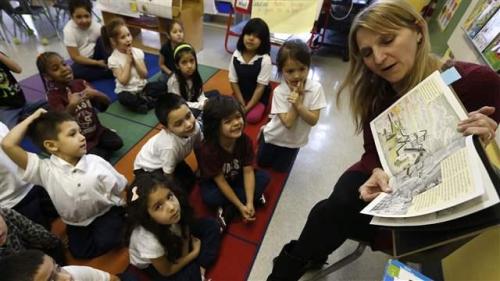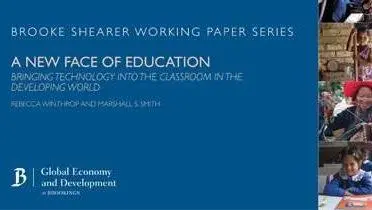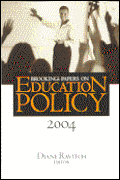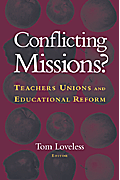Editor’s note: Governance Studies at Brookings released this paper in tandem with the Center for Technology Innovation public forum entitled Education Technology: The Next Generation.
In 2011, a student logged onto the online classroom Udacity to take the final exam for her introductory Physics class. Khadijah Niazi had overcome several barriers to finish that exam. She lived in Pakistan, which recently blocked access to YouTube, the site Udacity used to host its video lessons. Undeterred, she posted a plea for help on an Udacity message board saying “I am very angry, but I will not quit.” Hours later several classmates from Malaysia, Portugal, and England attempted to find a workaround that would allow her to finish the class. Soon a Portuguese professor found a way to download the videos from YouTube and then upload them to a photo-sharing website that Kadijah could access. The next day she took the final exam. Even more amazing than the technology know-how is the fact that Kadijah was 11 years old and aced the college level physics class with the highest distinction.
Advances in technology are enabling dramatic changes in education content, delivery, and accessibility. Throughout history, new technologies have facilitated the exponential growth of human knowledge. In the early twentieth century, the focus was on the use of radios in education. But since then, innovators have seen technology as a way to improve communication, learning, and the mastery of instructional material.
The next generation of education technologies is facilitating substantial change. Education technologies are evolving beyond lecture and group work to games, simulations, and augmented reality. Software is creating environments where students can direct the creation of their own knowledge with nearly invisible prompts from teachers.
One possible virtue of digital technology is the cost savings. During the Great Recession, the education service industry lost over one million jobs. State and local governments cut education spending, and this had ripple effects throughout the sector. Today educators from universities to elementary schools face an even more difficult task than before with fewer available resources. Given the political climate of budget cutting, the likelihood of a restoration of funding to pre-recession levels in the near future is low. In this situation, educational technologies take on increased importance as they seek to help over-burdened teachers deploy the next generation of assistive technologies.
Education faces unique resource problems beyond financial issues. The school day has a finite length and instructional time is a precious commodity. American students spend less time in the classroom than many other countries elsewhere in the world. Teaching is a complex job that includes a number of rote but time consuming tasks. Tools that facilitate the memorization of basic facts free up teachers to help students who need personalized interventions. Every extra minute spent teaching makes a difference over the course of the school year.
Recent advances in assessment technology have the potential to help teachers and students. Without feedback on performance, teachers can’t know if students have grasped the lesson and policymakers won’t know whether their reforms work. Assessment technology has advanced very little if at all since the invention of the optical scan answer sheet a half-century ago. New assessment technologies can help cut the costs of testing while others allow for reliable assessment in real time. Advances in testing can assess students in a low stakes environment.
While there are many innovations in education technology, this paper highlights five education technology success stories. Each has demonstrated the ability to improve efficiency and effectiveness in education systems. From language teaching robots to educational games, each has the potential to help students and teachers. The authors review these education success stories in order to offer lessons on how education stakeholders can better serve students and add value to their learning.










